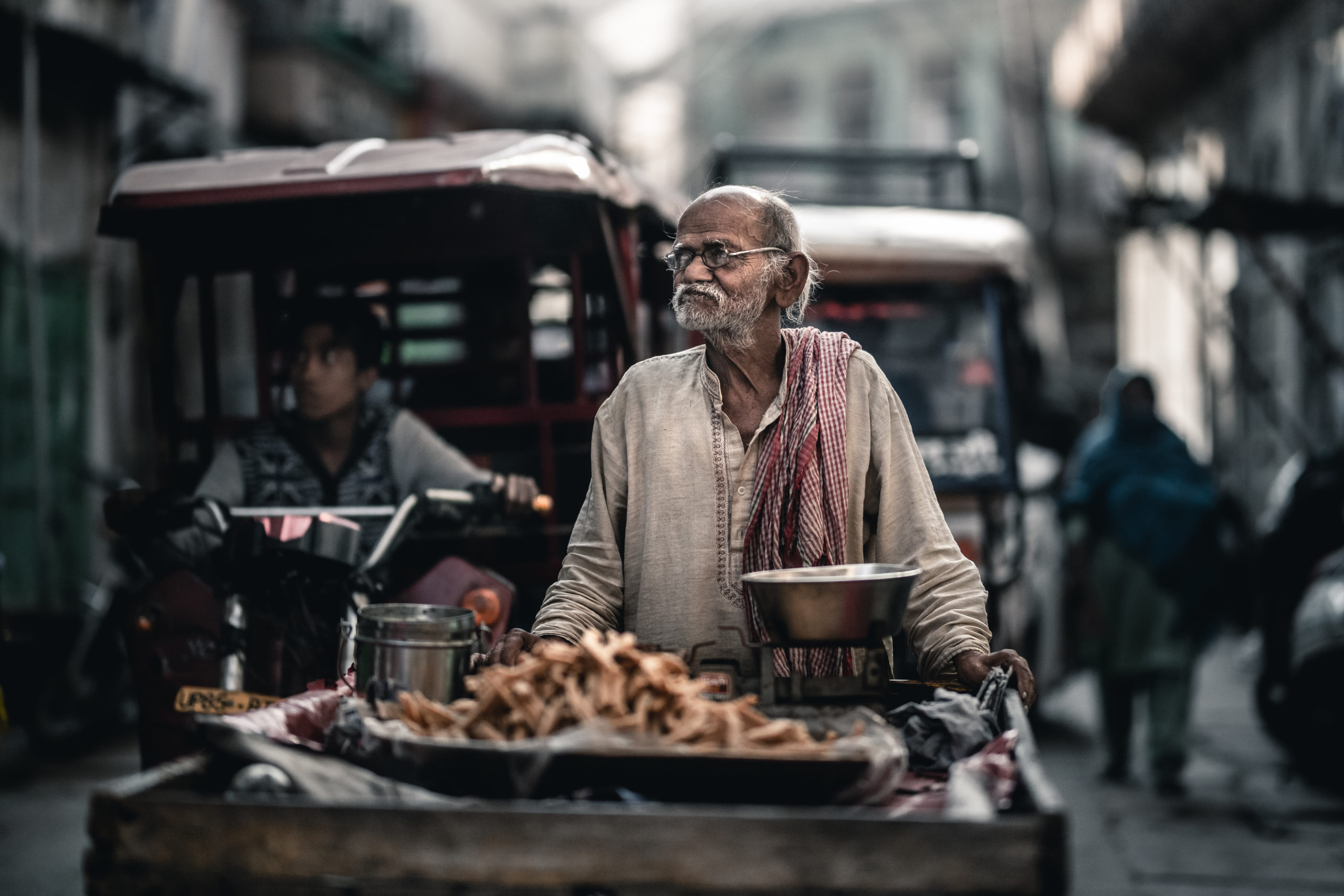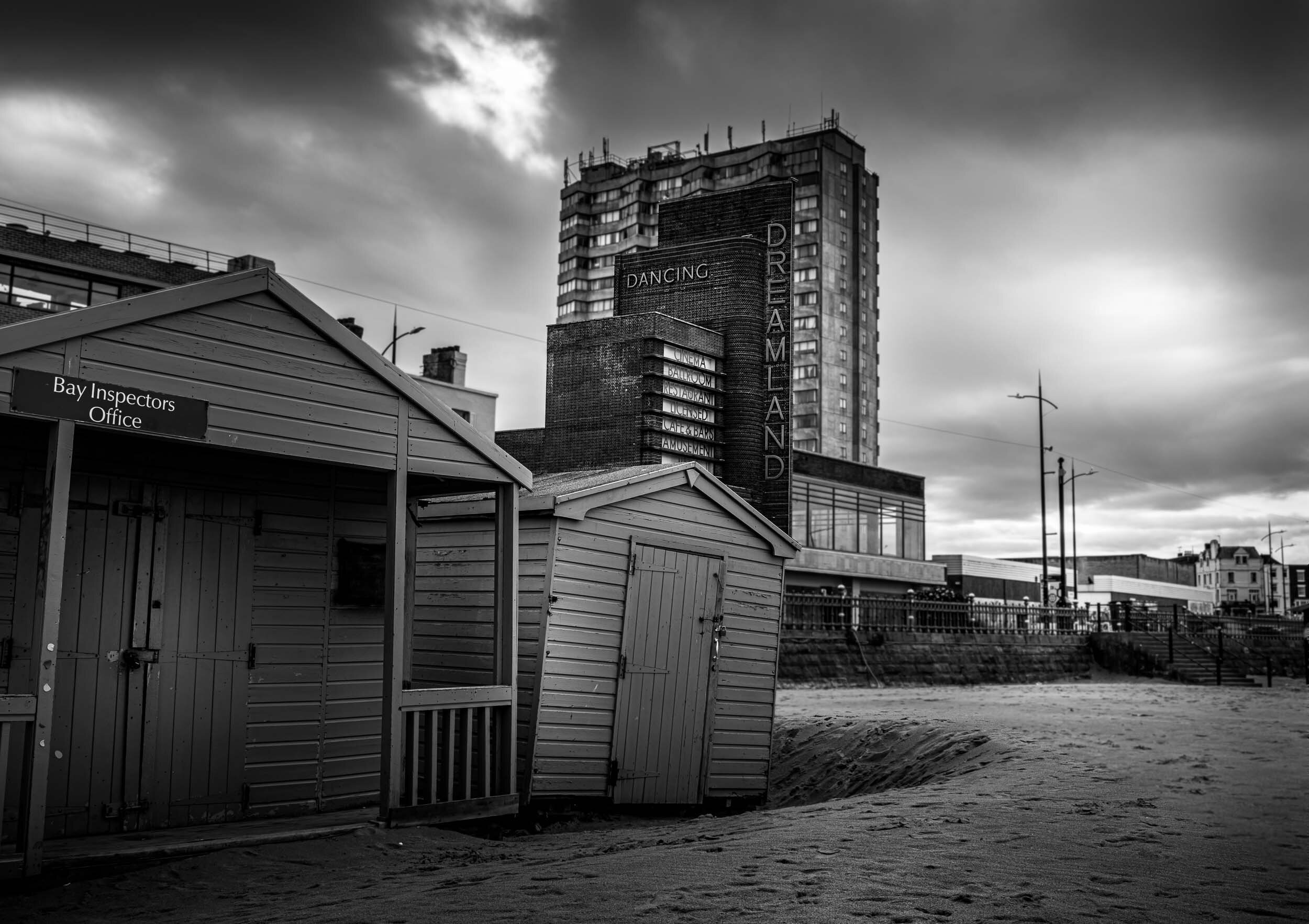Street Photographers for Dummies
Street Photographers for Dummies
Blog Article
The Ultimate Guide To Street Photographers
Table of ContentsAll about Street PhotographersThe smart Trick of Street Photographers That Nobody is Talking AboutThe Ultimate Guide To Street PhotographersThe smart Trick of Street Photographers That Nobody is Talking AboutThe Single Strategy To Use For Street Photographers
, a genre of photography that records daily life in a public location. The actual publicness of the setup allows the photographer to take candid images of complete strangers, usually without their knowledge. Street digital photographers do not necessarily have a social objective in mind, yet they like to isolate and capture minutes which may otherwise go undetected.He was affected by several of those that influenced the road photographers of the 1950s and '60s, he was not mainly interested in recording the spirit of the road. The impulse to visually record people in public started with 19th-century painters such as Edgar Degas, douard Manet, and Henri de Toulouse-Lautrec, who worked side by side with professional photographers trying to record the significance of city life.
In contrast to Atget, digital photographer Charles Marville was worked with by the city of Paris to produce an encyclopaedic paper of Haussmann's metropolitan preparation job as it unfolded, hence old and new Paris. While the professional photographers' subject was essentially the same, the outcomes were noticeably different, showing the influence of the photographer's bent on the character of the pictures he created.
The Greatest Guide To Street Photographers
Given the fine top quality of his photos and the breadth of material, architects and artists often bought Atget's prints to utilize as referral for their very own job, though business passions were barely his main inspiration. Instead, he was driven to photo every last remnant of the Paris he enjoyed.

Unlike his peers, Brassa utilized a larger-format Voigtlnder video camera with a longer direct exposure time, forcing him to be more calculated and thoughtful in his technique than he might have been if making use of a Leica. (It is assumed that he may not have actually had the ability to manage a Leica back then, but he did, however, utilize one in the late 1950s to take colour photographs.) Brassa's photos of the Paris underworld lit up by man-made light were a revelation, and the compilation of the collection that he released, (1933 ), was a major success.

About Street Photographers
It is due to this fundamental understanding of the art of picture taking that he is often attributed with rediscovering the medium all over again approximately a century considering that its innovation. He took pictures for more than a half century and influenced generations of photographers to trust their eye and intuition in the minute.
These are the concerns I will try to answer: And after that I'll leave you with my very own meaning of road digital photography. Yes, we do. Allow's kick off with specifying what an interpretation is: According to it is: "The act of defining, or of making something guaranteed, unique, or clear".
No, definitely not. The term is both limiting and misinforming. Sounds like a road digital photography should be images of a streets ideal?! And all street digital photographers, other than for a handful of absolute newbies, will fully value that a road is not the essential element to road photography, and in fact if it's a photo of a street with maybe a few uninteresting people doing you can check here absolutely nothing of interest, that's not road digital photography that's a photo of a road.
The Definitive Guide to Street Photographers
He makes a legitimate factor do not you believe? However, while I agree with him I'm unsure "honest public digital photography" will certainly capture on (although I do type of like the term "candid photography") because "street digital photography" has been around for a lengthy time, with several masters' names affixed to it, so I believe the term is here to stay.
You can fire at the coastline, at a festival, in an alley, in a park, in a piazza, in a cafe, at a gallery or art gallery, in a metro station, at an occasion, on a bridge, under a bridge ...
Street Photographers for Dummies
Yes, I'm afraid we have no choice! Without rules we can not have a definition, and without a meaning we don't have a style, and without a genre we don't have anything to define what we do, and so we are stuck in a "regulations definition style" loop! - Street Photographers

Report this page